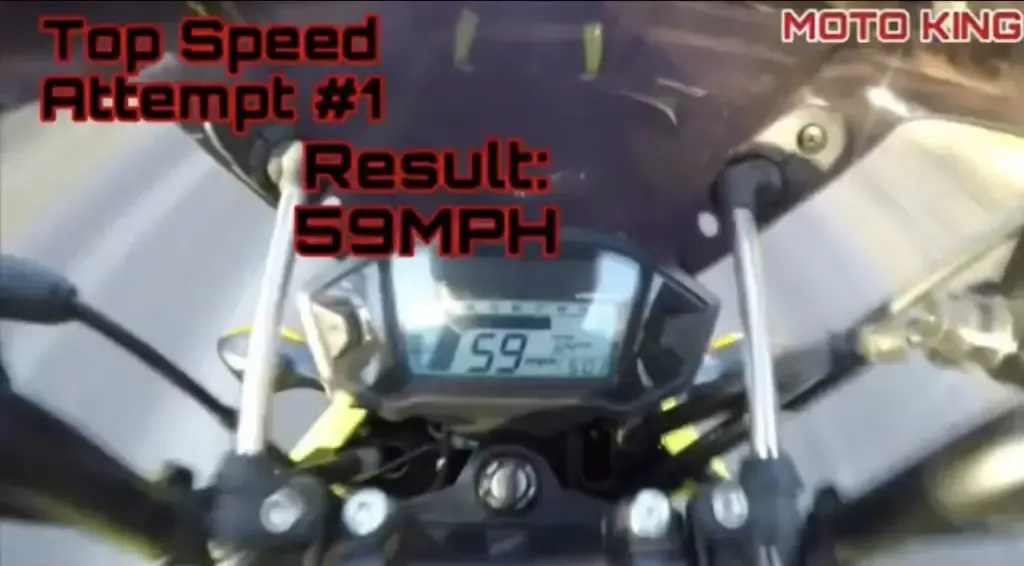The Honda Grom is street legal, possessing all necessary safety features, including headlights, taillights, brake lights, turn signals, mirrors, and a horn. Riders are required to possess a class M motorcycle license or motorcycle endorsement to legally operate the Honda Grom on public roads, including highways.
Exploring the Road-Worthiness of a Compact Motorcycle
The Honda Grom, known for its compact size and thrilling riding experience, has gained a dedicated following among motorcycle enthusiasts. However, due to its small and compact style, many potential owners wonder if the small 125 cc bike is highway legal.
In this article, we will explore the legalities surrounding the Honda Grom and its roadworthiness for highway riding. Some important factors include engine displacement, licensing requirements, safety equipment, and local regulations to determine whether the Honda Grom is suitable for highway use.
So, let’s hit the road and discover the truth about the Honda Grom’s highway legality.
Engine Displacement and Licensing Requirements
The Honda Grom features a single-cylinder, air-cooled engine with an engine displacement of 125 cc. Even though many people do not consider the Honda Grom a full-sized motorcycle, The Honda Grom is street legal, and riders are required to possess a class M motorcycle license or motorcycle endorsement to legally operate the Honda Grom on public roads, including highways.
Safety Equipment and Local Regulations
To ensure highway legality, the Honda Grom possesses all necessary safety features, including headlights, taillights, brake lights, turn signals, mirrors, and a horn which make the Honda Grom street legal.
Additionally, regulations often require functional indicators, license plate lights, and reflectors. Local regulations play a crucial role in determining the Honda Grom’s highway legality, as they may impose specific restrictions on engine displacement, power output, noise emissions, and modifications.
It is important to consult local traffic laws, vehicle codes, and Department of Motor Vehicles (DMV) guidelines to ensure compliance with region-based requirements.

Highway Riding Capability
While the Honda Grom is primarily designed for city streets and urban commuting, it is capable of highway riding under certain conditions. The Honda Grom has a top speed of around 56-59 mph, depending on factors covered in our previous article, What is the Honda Grom’s Top Speed.
As a long-time owner and an avid Honda Grom enthusiast, I have had the opportunity to test various models extensively. During my testing, I personally achieved a top speed of 59 mph on two 2018 Honda Groms, surpassing the advertised limit of 56 mph, showing that the Grom has just enough power and user-friendly control to handle highway speeds on roads with speed limits up to around 60 mph.
However, it is important to note that the Grom’s small engine size and compact size may limit its power and stability at higher speeds. Riders should exercise caution and consider the potential limitations of the Grom when embarking on highway journeys.

Performance and User-Friendliness
The Honda Grom’s lightweight design, compact size, and user-friendly controls make it a popular choice for riders seeking a fun and economical urban commuter.
Its four-speed gearbox and responsive engine provide adequate power for city streets and suburban roads. The Grom’s economic efficiency and fuel economy further enhance its appeal for daily commuting.
Differences in Classification
In some regions, the Honda Grom may be classified differently, potentially affecting its highway legality. Certain areas may consider the Grom as a “moped” or “scooter” due to its engine size and power output.
This classification could result in different licensing requirements or exemptions, allowing riders with a regular driver’s license to legally ride the Honda Grom on highways. It is crucial to understand the specific classifications and regulations of the region where the Grom will be ridden to ensure compliance with local laws.
Conclusion
In conclusion, the highway legality of the Honda Grom depends on several factors, including licensing requirements, safety equipment, and local regulations.
While many people think small bikes like the Honda Grom are not street legal, riders should be aware of their region’s laws regarding motorcycle licensing and equipment, as well as any specific limitations on engine displacement and power output.
By understanding and adhering to these legal and safety considerations, Honda Grom owners can enjoy their rides while staying within the boundaries of highway legality.

